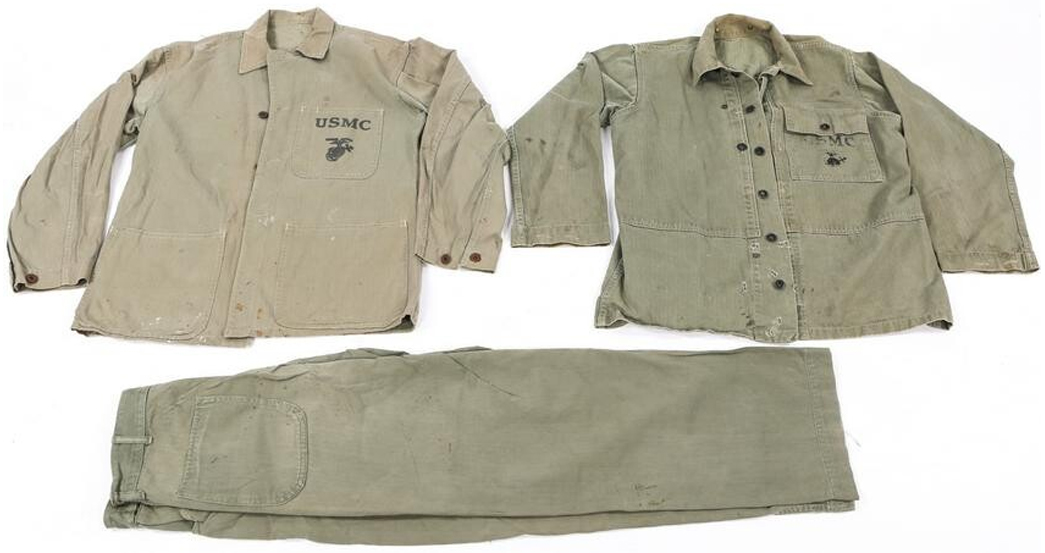- Heddels
- Posts
- June 5 - Tennis Style
June 5 - Tennis Style
Together with
Serving in Style – Tennis Wear Through the Years
So much more than Challengers, we take a look at some of the most iconic tennis garb and style icons from the sport.
Kadeem Roper

Ah, tennis. The racket-smacking sensation that’s been serving up excitement for centuries. Believe it or not, my introduction to the game came from playing Mario Tennis on the Nintendo 64 when I was but a wee lad way back in the 90s (my backhand with Toad was something to behold, believe me). It was there that I fell in love with the odd scoring system, and the phrase “game, set, match” became indelibly lodged in my 8-year-old brain. My second dalliance with the sport came courtesy of growing up in Richmond, Virginia, where the legendary Arthur Ashe still holds demi-god status in certain circles.
Like most of you reading this, I’m partial to the rhythmic cadence and the athletic prowess displayed during a good old-fashioned rally, but I’m not the most ardent tennis stan. However, the elegance and stylistic leanings of the game — from the peak plimsols to the prim and preppy polos — are something to behold, along with all of the pageantry and decorum that goes along with them.
In this article, we will be looking at the history of tennis wear, from its French beginnings to René Lacoste and Fred Perry.
/ In Partnership with Meermin /
Meermin has been delivering their customers the most value and quality possible for generations. This is how they can deliver a Goodyear welted, steel-shanked, shell cordovan boot with a veg-tanned leather insole for $390.
Check out Meermin’s full collection of shell boots and belts on their website and see how this mythical material is closer to reach than ever before.
—
Want to see your name here? Drop us a line at [email protected].
Early Days – Love is in the Air
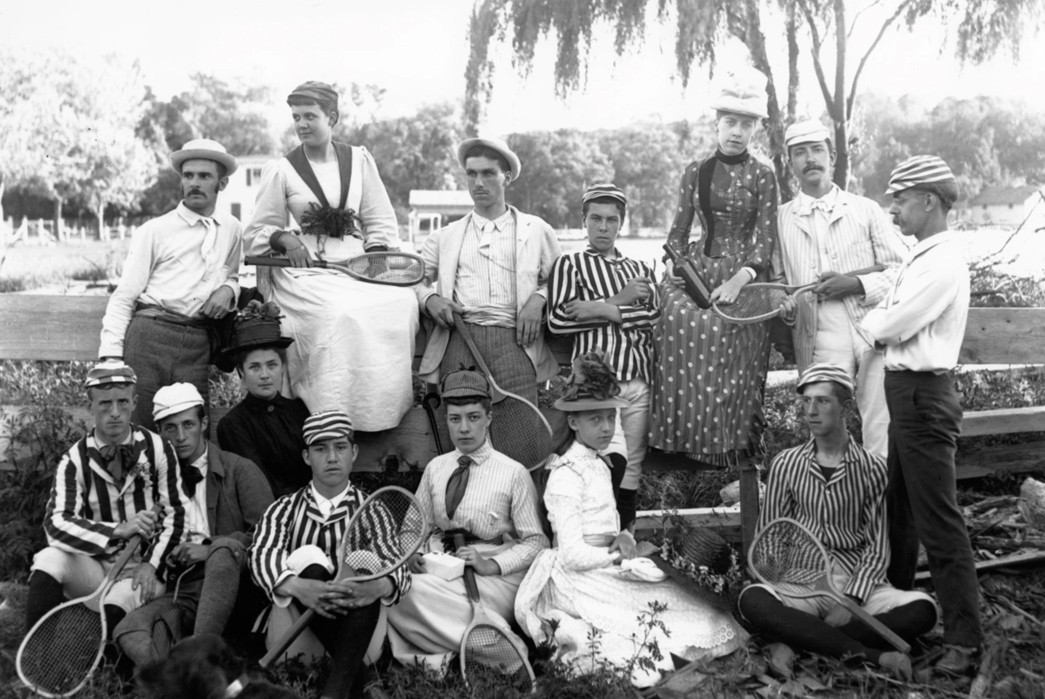
via Pinsndls.
The origins of tennis can be traced back to 12th century France, where the medieval sport called “jeu de paume” was originally played by monks using their bare hands. But the modern game as we know it is credited to one Major Walter Clapton Wingfield, who in 1874 drew up the first officials rules of what would come to be known as “lawn tennis”
Lawn tennis was notable because it was one of the few sports of the time that men and women played together. This thrilling development opened up a whole new world of romantic possibilities, and before long lawn tennis became a mingling ground where sparks could fly as swiftly as the balls being batted back and forth. Because of this, style became an important component of the sport. Players who harbored amorous aspirations had to bring their A-game if they wanted to woo a potential beau.
In those early days, players did not have specific clothing designed for the sport. Instead, men strutted around in white oxford shirts and ties and paired them with flannel trousers. A blazer would typically be worn at the start of the match, and was usually shed at some point during the game as the sweats set in.
Serving Some Style
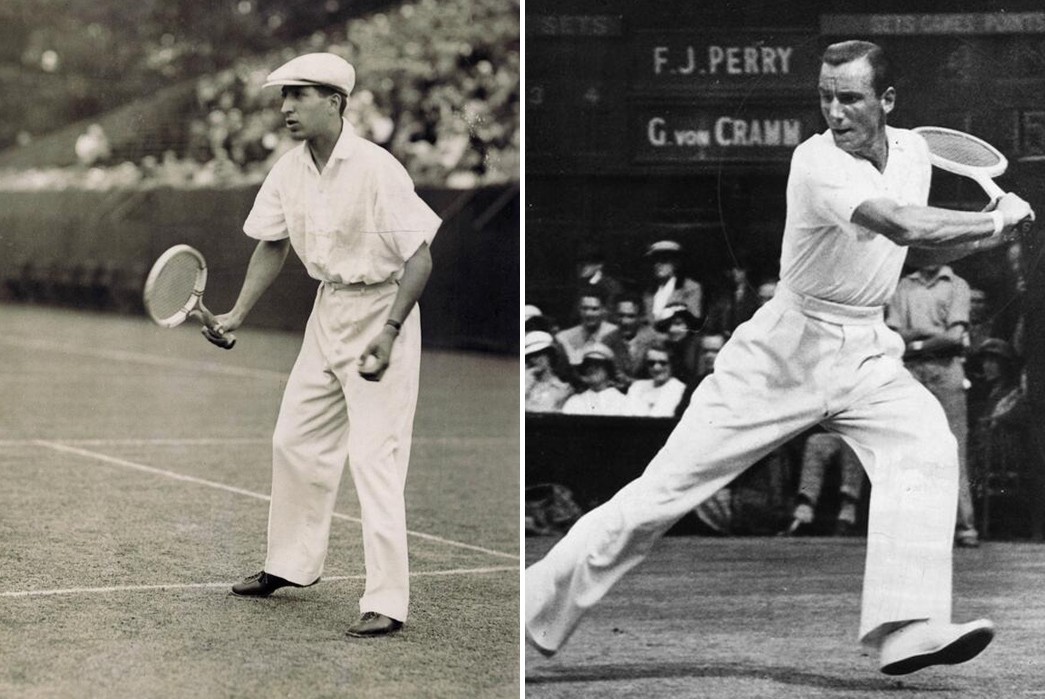
René Lacoste (left) via Lacoste, Fred Perry (right) via Mason and Sons.
Tennis wear really started to see a major shift by the 1920s and 30s. Tennis attire had relaxed since the late 19th century (wearing a tie was commonplace even into the early 20th century) but still had its prescriptions, and it was during this period that some of the most iconic figures in tennis history carved their name into the history books of both tennis and fashion.
The dashing René Lacoste was a player who knew that style and performance went hand in hand. He believed “above all, elegance requires clothes that are adapted to the situation or circumstances”. In 1928, he took matters into his own hands and did the seemingly unthinkable — he chopped off the sleeves of his tennis shirt. Whilst this seems like a formality today, it was a big deal back then, especially when playing at the prestigious Wimbledon tournament in London, which to this day has a somewhat formal dress code for competitors.
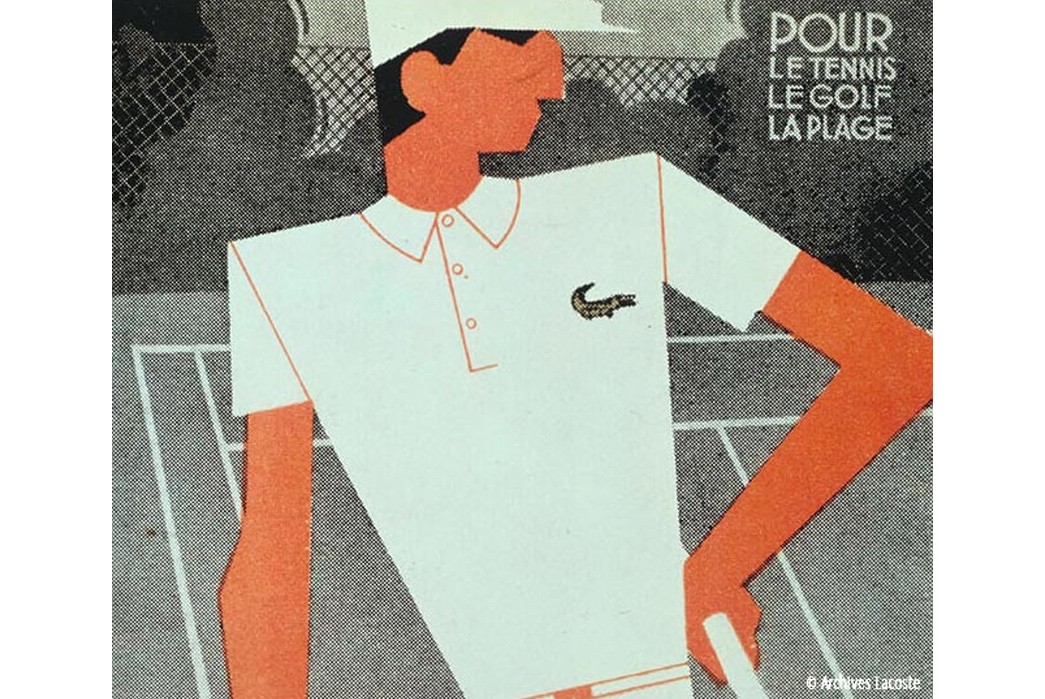
Image via Lacoste
Lacoste went on to win Wimbledon with his forearms on show, and is credited today with practically creating the blueprint of the modern polo shirt — one of the most iconic garments in both mens and womenswear. The Lacoste clothing line (with the crocodile motif inspired by Rene’s nickname, The Crocodile) was launched in 1933, with polo shirts at the center of the collection.
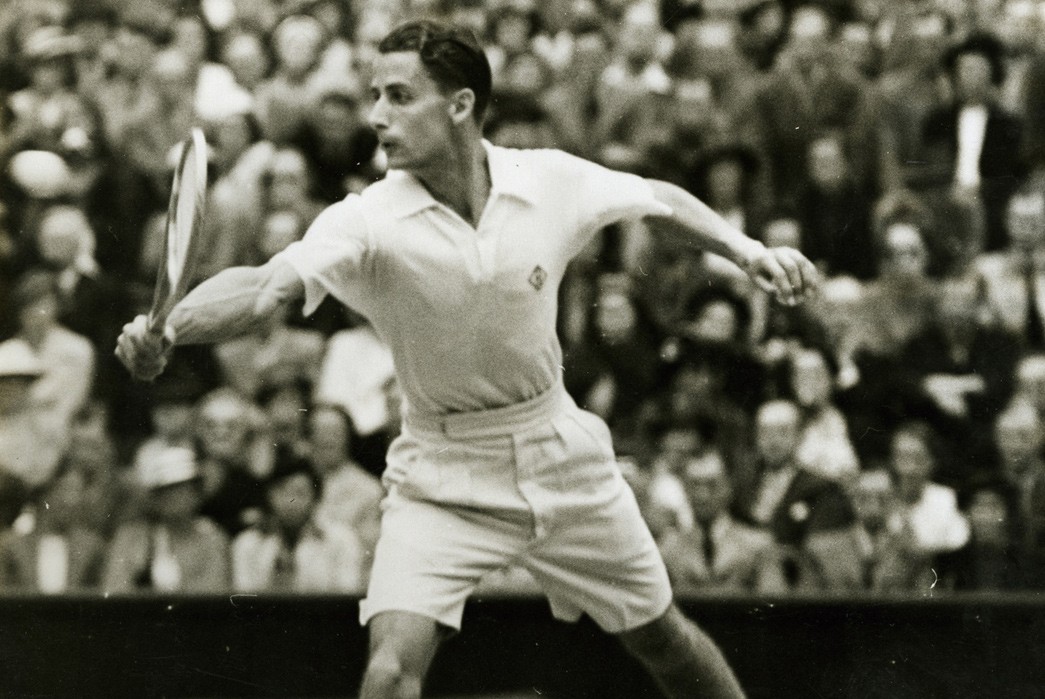
Bunny Austin via Wimbledon
Lacoste’s lead was soon followed by others, who left their own sartorial marks on the game for good. In 1933, Bunny Austin became the first tennis player to enter a major competition wearing shorts instead of trousers.
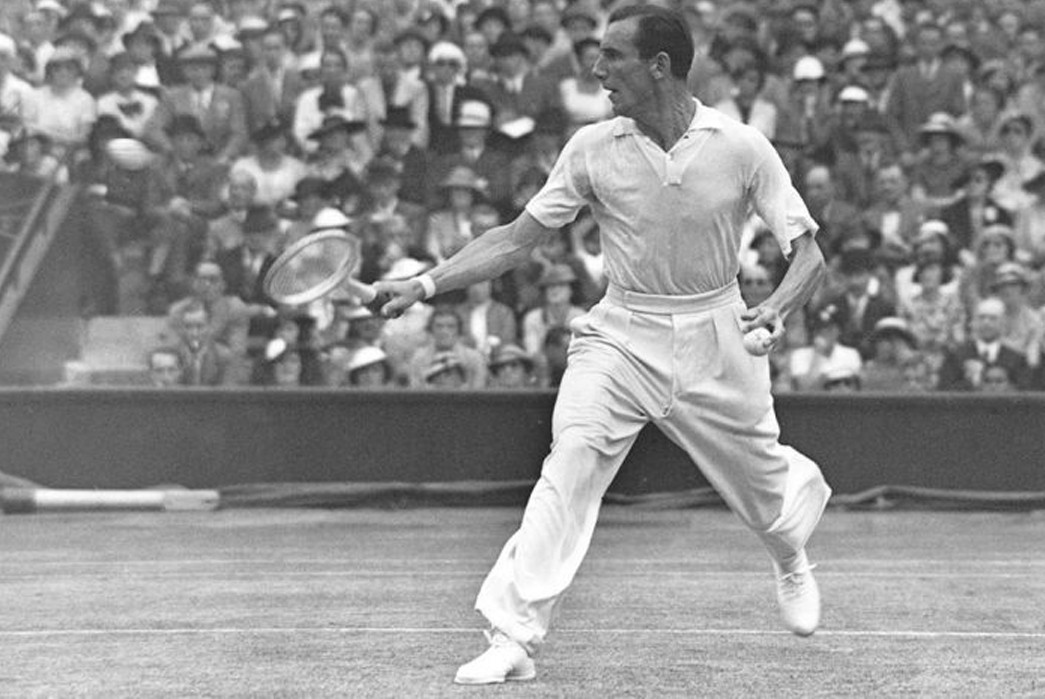
Fred Perry with his gauze wristband, via Fred Perry
Next in line was Fred Perry, the three-time Wimbledon champion now best known for his eponymous polo line. After wrapping gauze around his wrist to prevent sweat from sliding down his hands and loosening his racket grip, Perry became the inventor of the wildly popular sweatband.
The Fred Perry brand really took off in the 60s and 70s, going from the clay courts to the counterculture as it was embraced by Cockney lads, Carribbeans, Ravers, Mods, Prepsters, and everyone in between. The polos became an emblematic fashion symbol of youth, rebellion, and style.
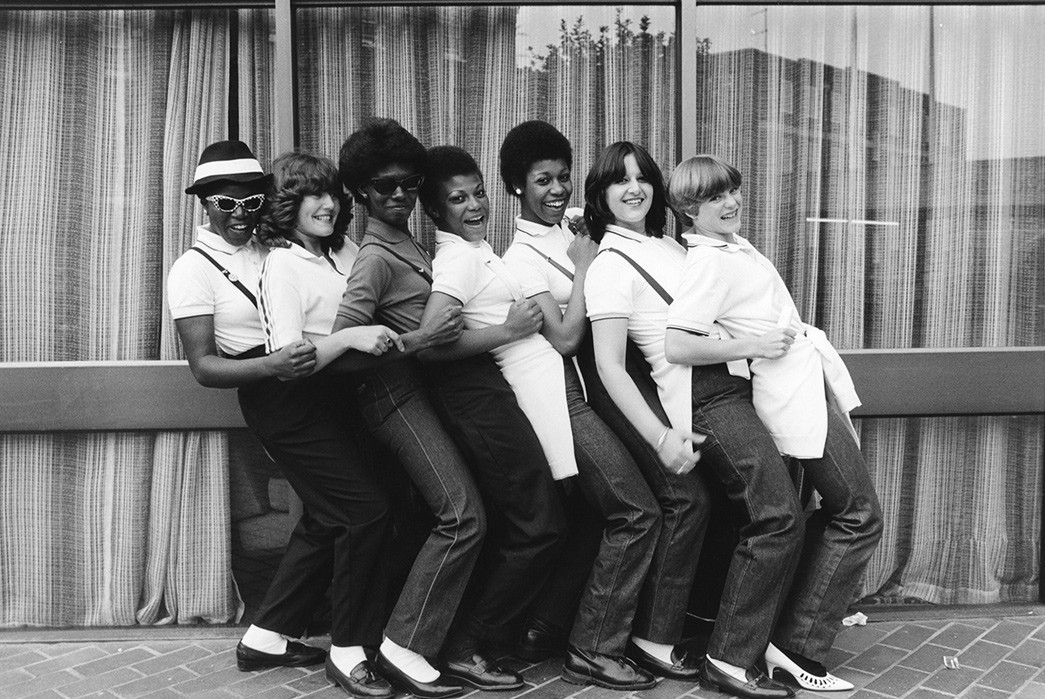
Image via Hypebeast
Radical Revolution
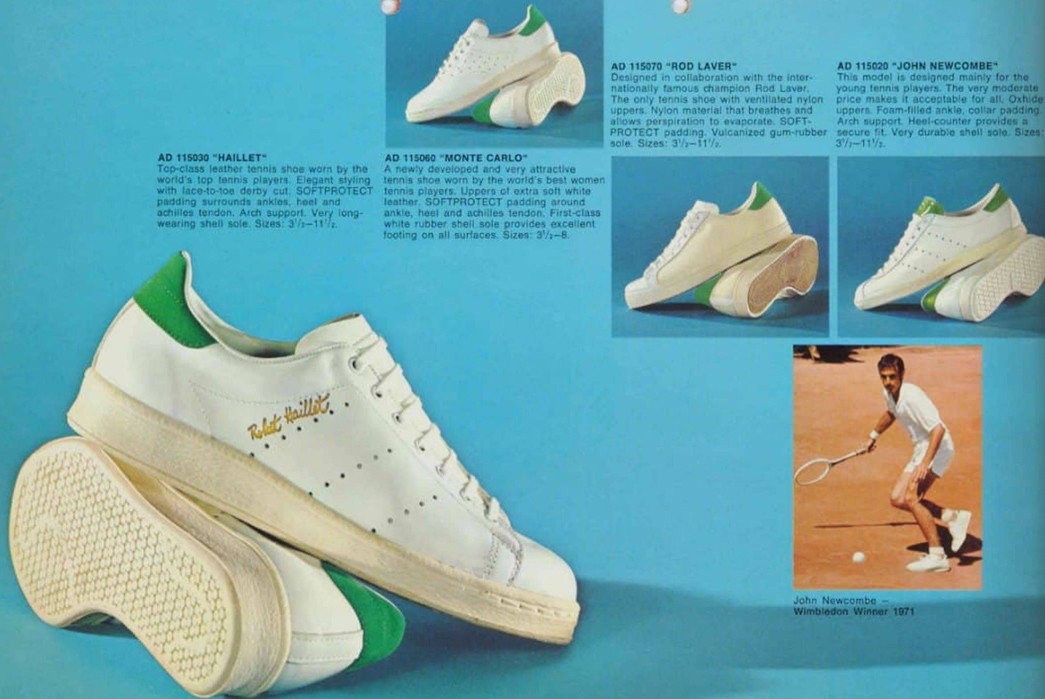
via 80sCasualClassics.
One of the first sportswear brands to take the world of tennis by storm was the teutonic icon, Adidas. In 1963, the brand produced its first tennis shoe, which was the sport’s first-ever leather sneaker. In 1965 the shoe was named after French tennis star Robert Haillet and became an Adidas staple. After Haillet retired, the brand signed American Stan Smith and renamed the Haillet shoe after him.
The Adidas Stan Smith experienced a massive surge in popularity both as a sporting and lifestyle shoe in the U.S., U.K., and Europe. Today, the shoe is still as popular as ever, and during its lifetime has seen many new colorways, reissues, and collaborations with brands like Raf Simons and Balenciaga. Japanese label Pherrow’s even has even made graphic t-shirts with Stan Smith’s face on it.
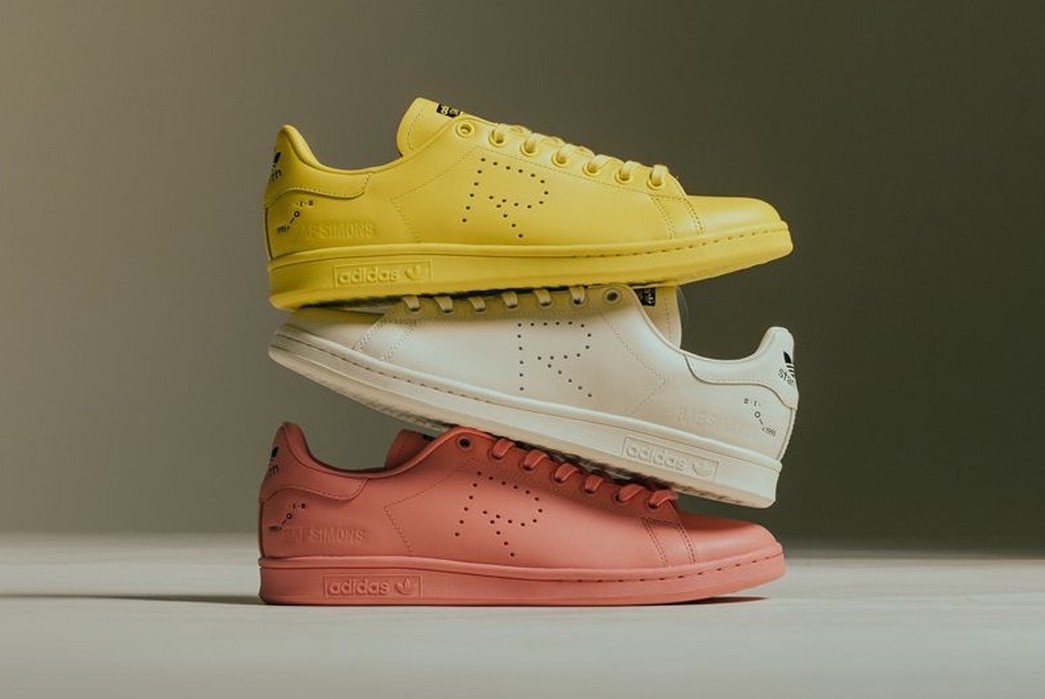
via KicksOnFire
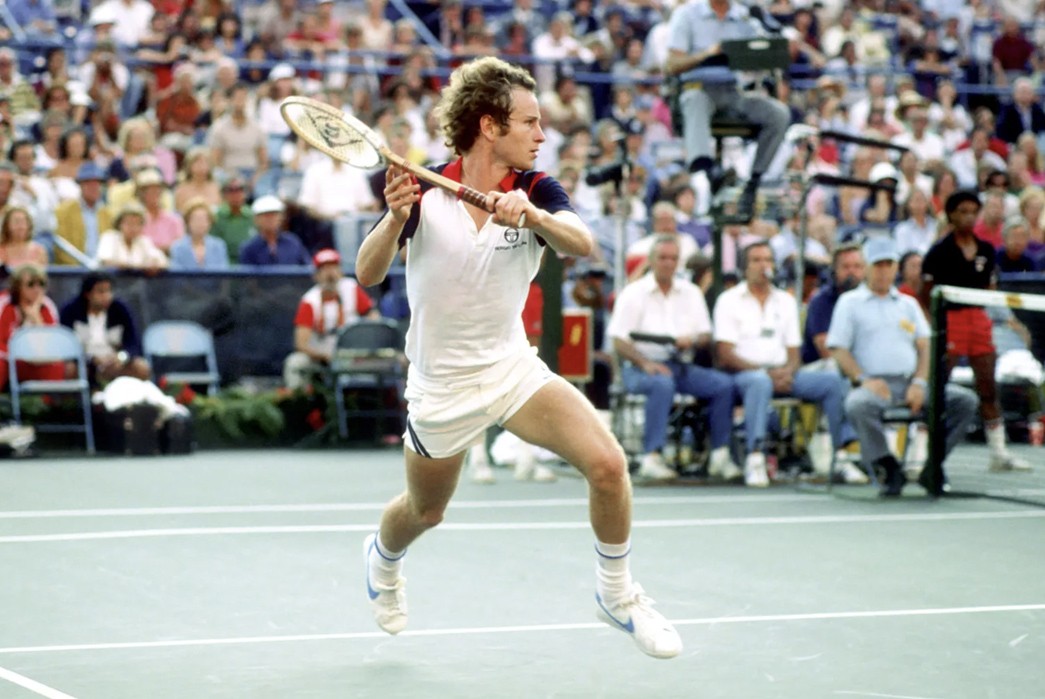
John McEnroe in Nike Tennis Classics via Nike
With tennis shedding its exclusively upper-class roots and breaking into mainstream culture, brands started to revolutionize the game’s garb by introducing all sorts of cutting-edge technology and killer designs that were coveted both on and off the court. Since Lacoste’s antics in 1928, the standard tennis outfit had been solidified as a polo shirt (or other short sleeve top), shorts, socks, and court sneakers.
In 1973, Nike entered the tennis scene by sponsoring their first-ever player, Romanian Ilia Nastase also known as the “Bucharest Buffoon”. The brand started becoming more of a household name in the late 70s, surging in popularity after signing the temperamental tennis titan John McEnroe. The player wore some of the brand’s most iconic early tennis shoes, including the Nike Wimbledon and the Air Trainer 1.
McEnroe became one of the first players to rock not only the brand’s shoes but also apparel like warm-up jackets and polos too.
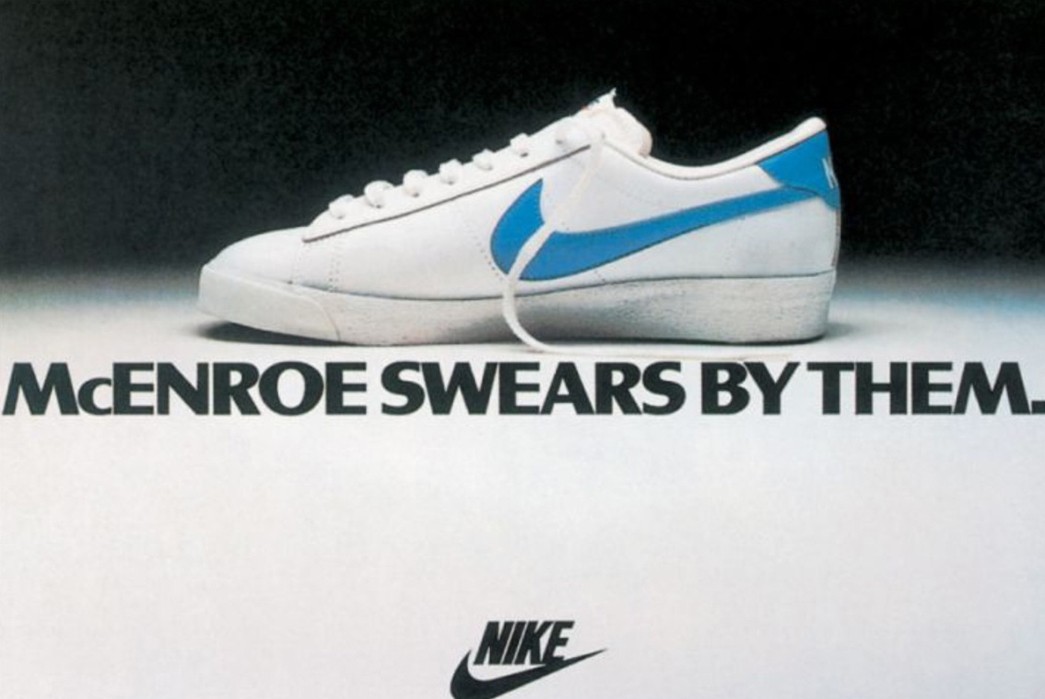
Nike Tennis advert, via Nike
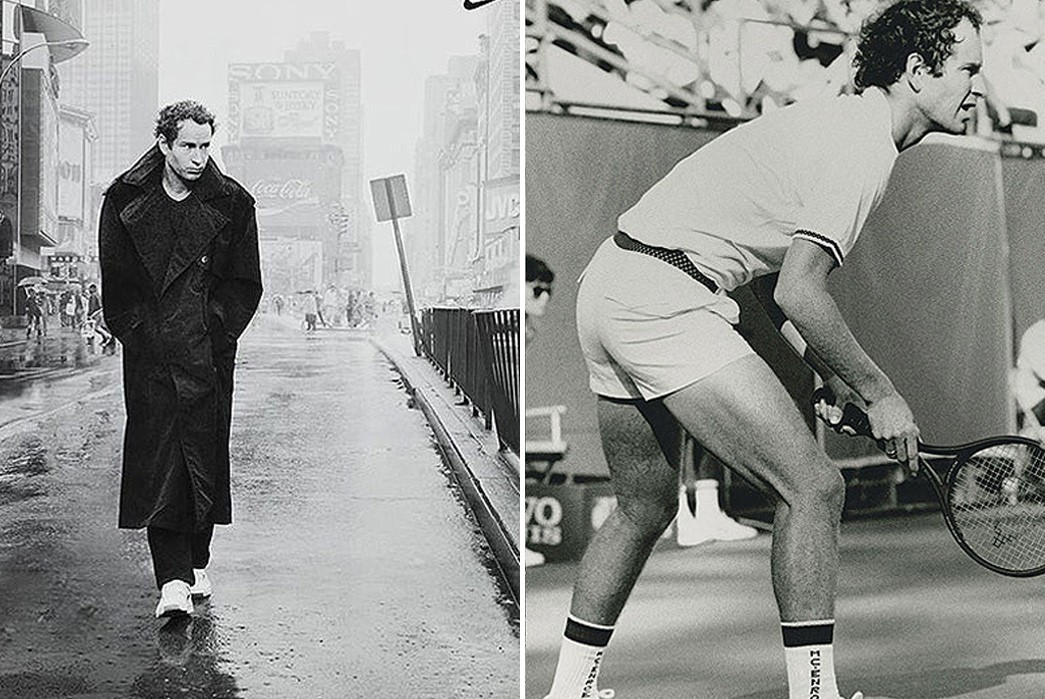
Nike’s 1978 “Rebel with a Cause” advertisement which compared John McEnroe to James Dean (left) and an image of John McEnroe (right). Images via MerchantofTennis
Of course, it’s hard to mention McEnroe without mentioning his fiercest rival, the ice to his fire, Bjorn Borg. The Swedish sensation was no slouch in the style department either, with his smooth moves, sumptuous locks, and a sensational Fila sponsorship. Borg boasted a myriad of impeccable looks during his day, most notably his Fila Settanta MK1 polo shirt, his Fila track tops, his headbands, and his gold chain.
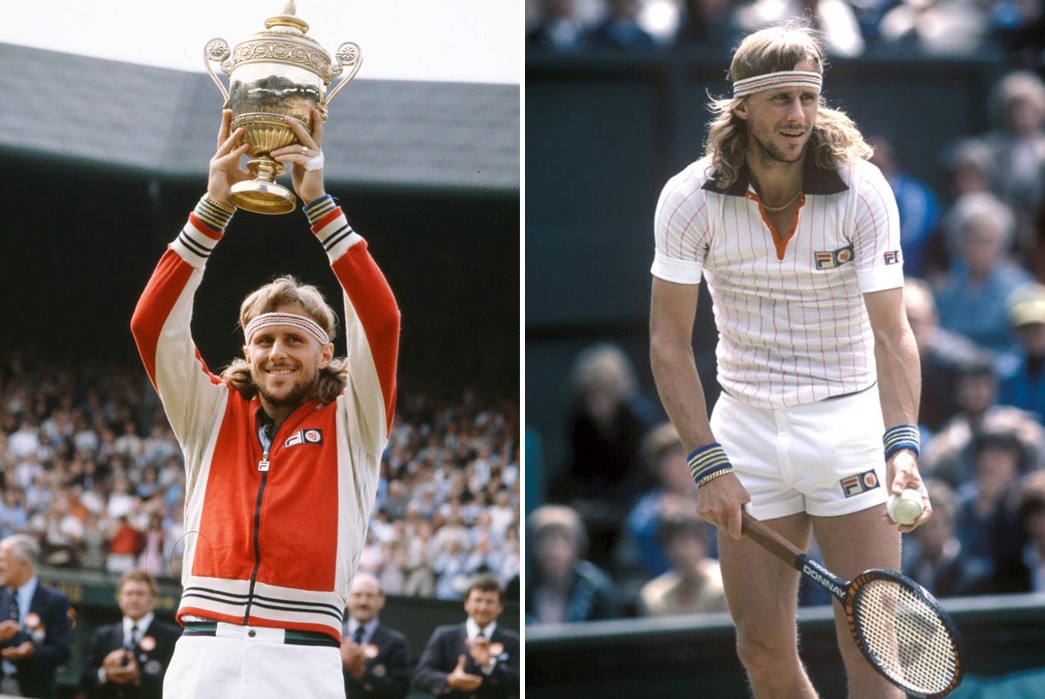
Bjorn Borg via F.E Castleberry (left), via 80sCasualClassics.
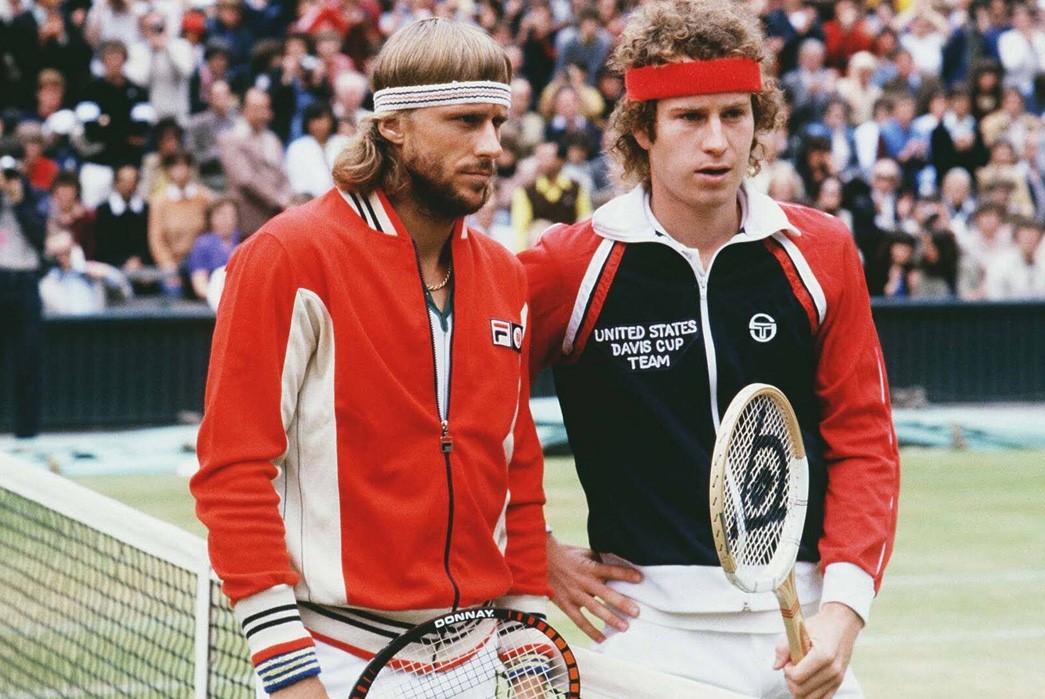
Bjorn Borg and John McEnroe via F.E Castleberry
Fila is another example of how a brand firmly rooted in tennis made its way into urban culture and popular fashion. The brand was thrust into the limelight after Borg lifted the Wimbledon Cup whilst rocking his Fila track top, and it wasn’t long before sports fans across the US and Europe were wearing casual Fila gear on a daily basis. English football fans were pictured wearing Fila track tops on the terraces of some of the most iconic football grounds.
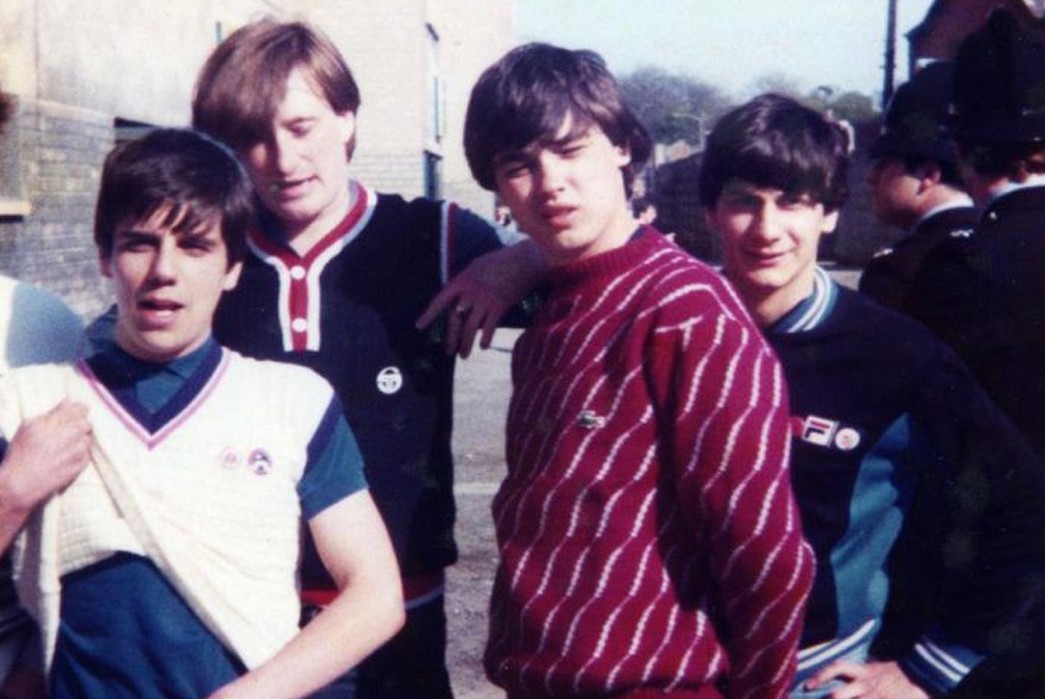
Casuals wearing Sergio Taccini an Fila via 80sCasualClassics
This popularity saw Fila enter other sporting worlds, including Basketball. Fila sneakers were worn by NBA players Grant Hill, Jerry Stackhouse, Larry Johnson, and Kevin Johnson in the early 1990s, and those balling in their neighborhood court took notice. With Fila being rocked in stateside urban locales, tracksuits and sneakers from the brand were adopted by breakdancers, rappers, and everybody in between. Tupac and LL Cool J were famously pictured in Fila gear.
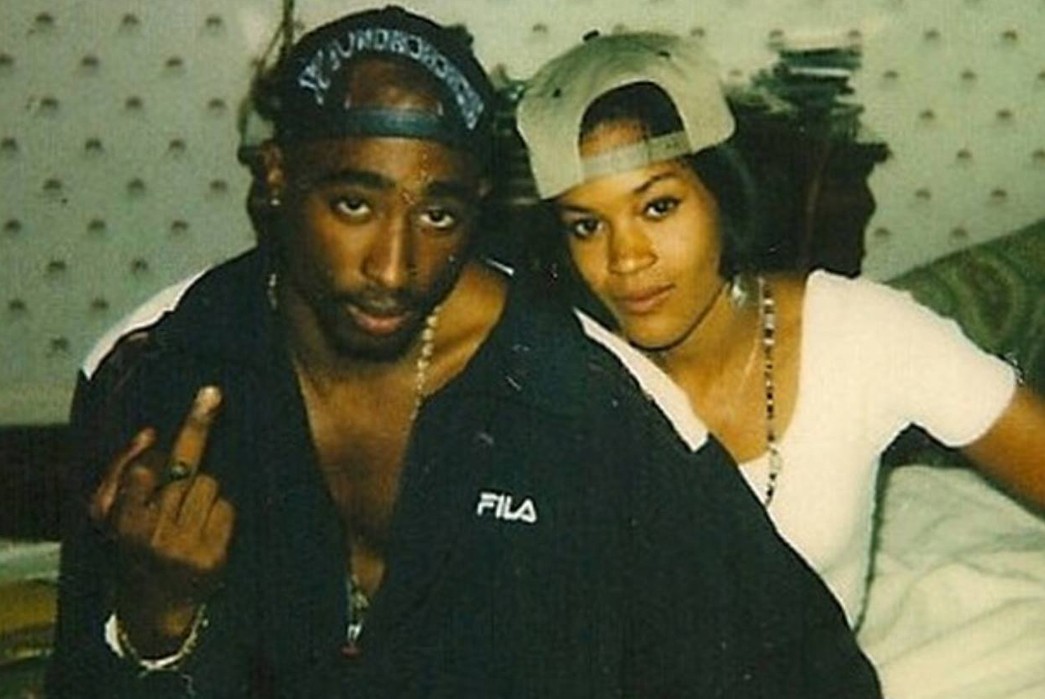
Tupac wearing Fila via TruthAboutTupac.
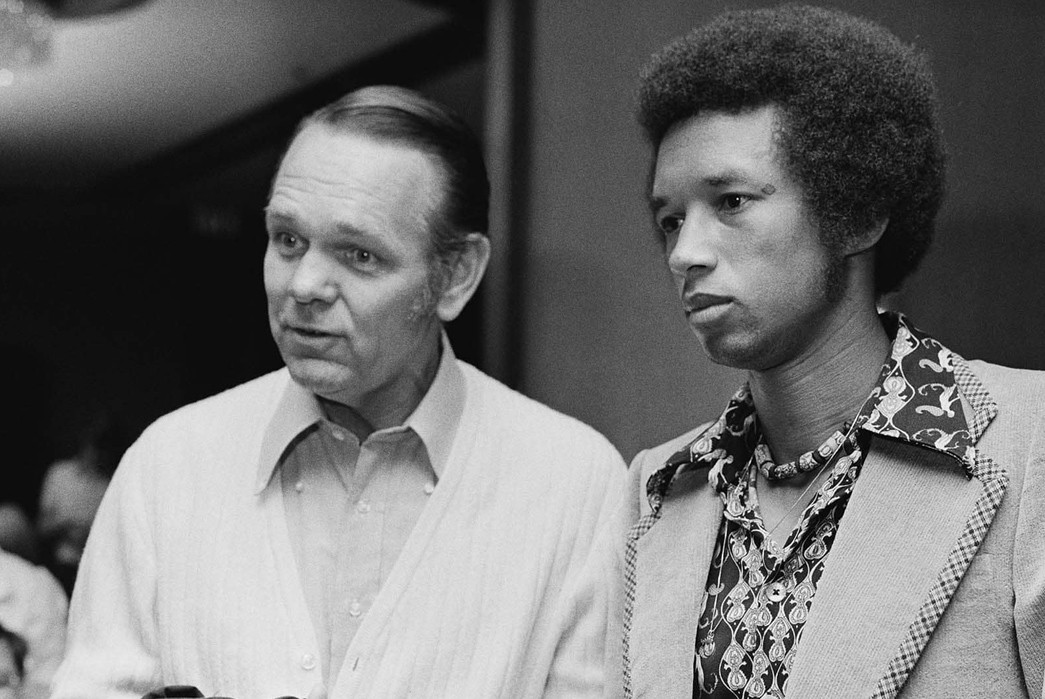
Arthur Ashe (right) via ATP Tour
I’d also be remiss if I didn’t once again mention Arthur Ashe and his inimitable sense of cool. From his popped collars, loud prints, aviator sunglasses, and mini-fro, his stylistic flair wouldn’t look out of place in today’s zeitgeist of 70s revival. Ashe’s influence will forever be etched in the annals of tennis history, both on the court and off it.
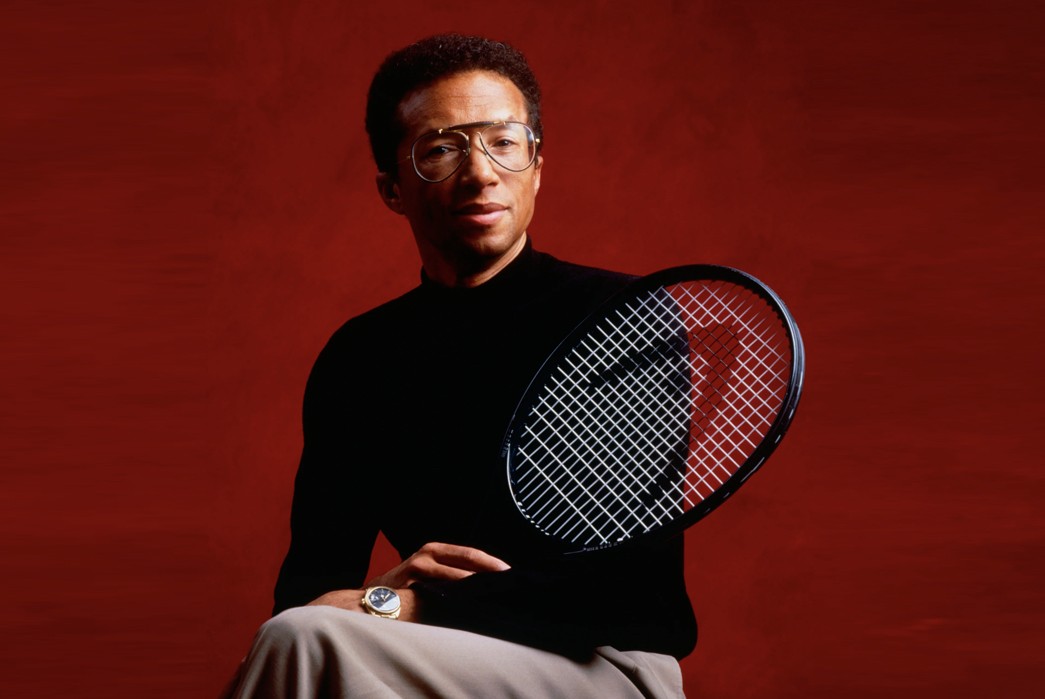
Arthur Ashe via Rowing Blazers
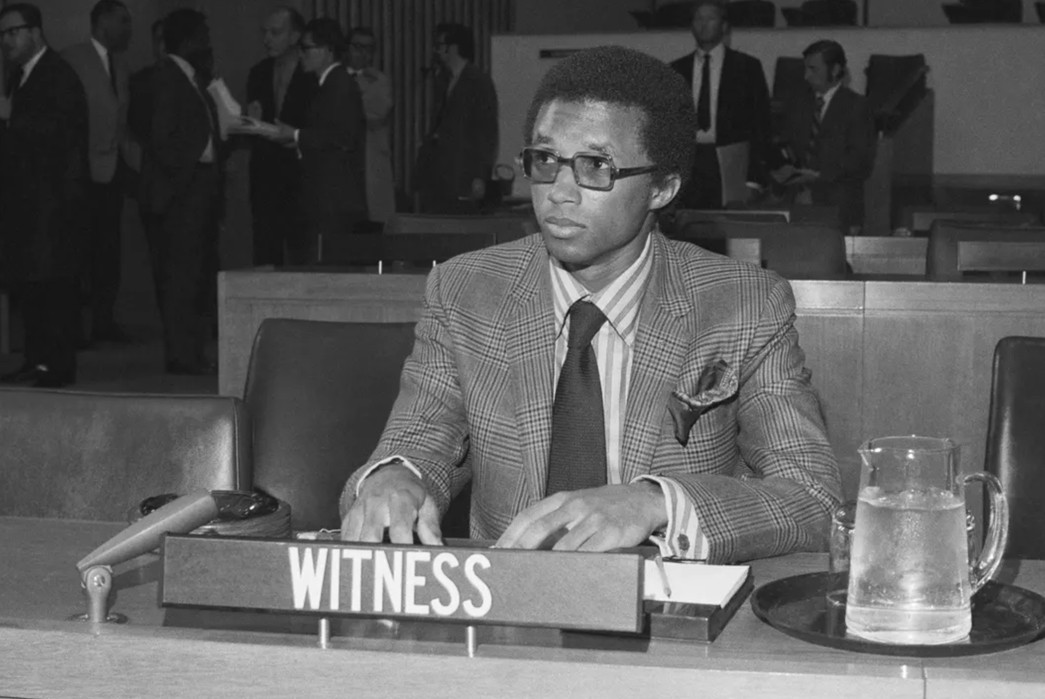
Arthur Ashe via the Guardian
Aggasi – The Last Tennis Rockstar
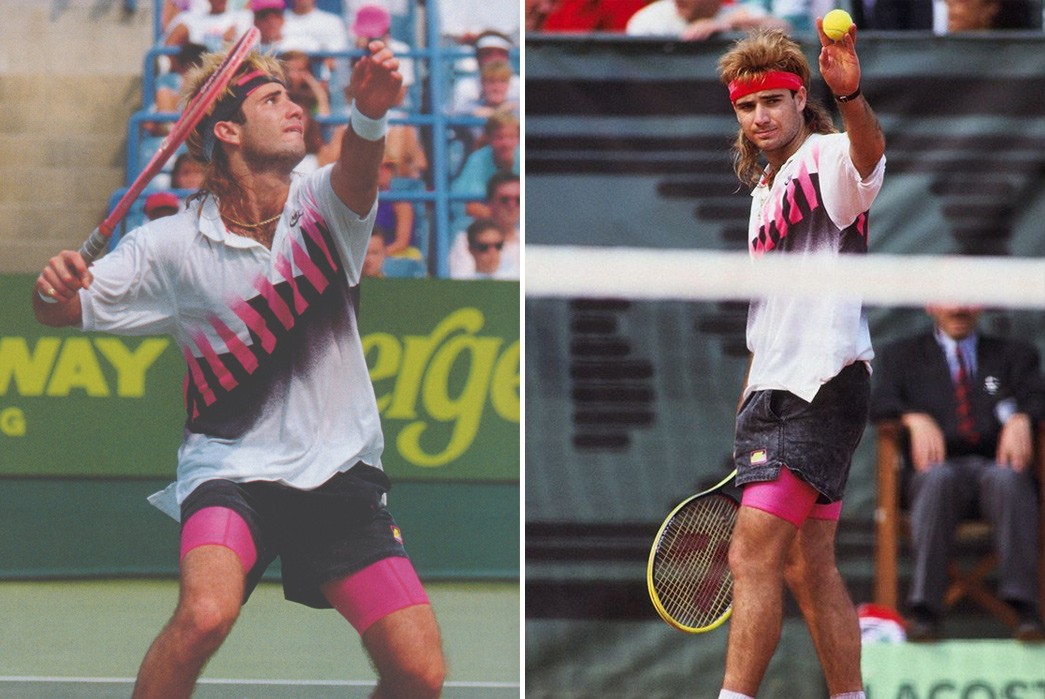
Andre Agassi via Southern Open (left) and High Snob (right)
After bursting onto the scene in the late 80s, Agassi gained worldwide attention for his hard-hitting, cross-court style of play, flamboyant style, sturdy mullet, and lack of shits given when it came to the formalities of tennis. Mr. Agassi infamously refused to play at Wimbledon between 1988 and 1990, publicly stating that he did not wish to play there because of the event’s traditionalism, particularly its “predominantly white” aforementioned dress code.
Not participating in arguably the world’s most-watched tennis grand slam didn’t stop Agassi from gaining attention, though, and his sartorial choices at other Opens have made for some iconic looks. As well as his colored headbands, love for pink, and long hair, Agassi is known for his endorsement and on-court wearing of the Nike Air Tech Challenge 2. The style became a cult classic, its black, pink, and white colorway being practically made for Agassi.
Agassi eventually gave in to Wimbledon’s rules in 1992 and went on to win the tournament, beating John McEnroe along the way. He did it in style, wearing the prescripted all-white, and a pair of Nike Air Tech Challenge Huaraches in a white/grey colorway.
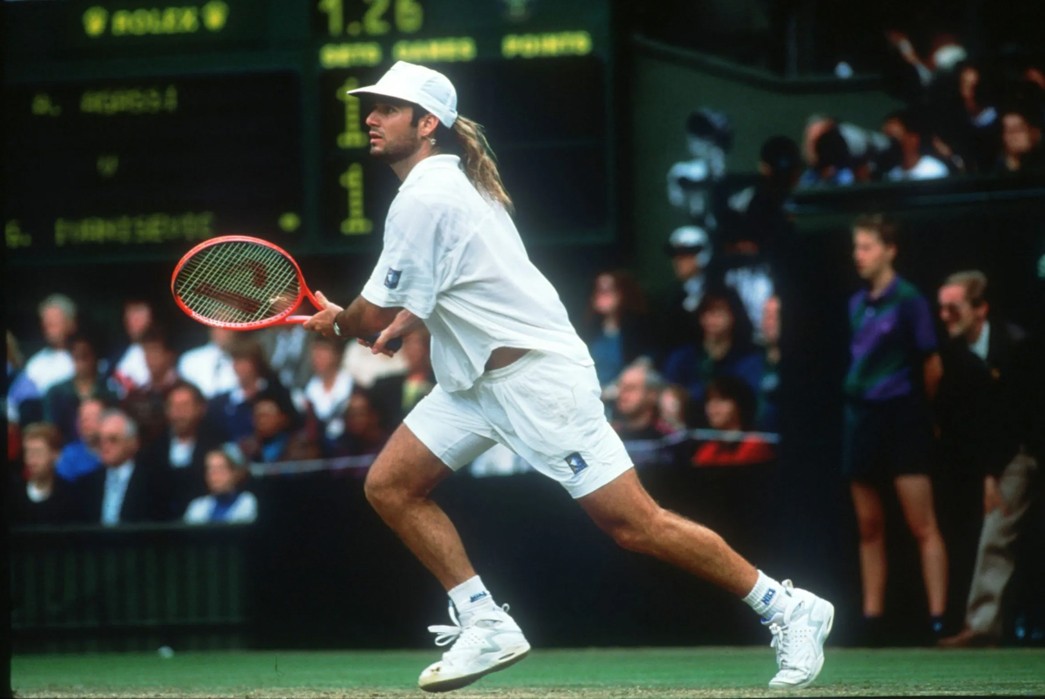
Andre Agassi via The Telegraph
Muted Modernity

Novak Djokovic via Eurosport
The winds of change blew through the world of tennis fashion in the 90s and beyond. The tennis court, while still chic, has now become a runway for functionality and practicality more keen to blend in than risk offense. With the exception of a few competitors at less formal grand slams, gone are the days of bold prints and flashy colors. The game has embraced a sleek and minimalist look that lets the performance do the talking, characterized by clean lines and subtle hues.
Since Andre Agassi’s stint at the top, there haven’t been many iconic sartorial moments in the sport. But who knows? What’s old becomes new again. And with our cultural obsession with the past, the clothes of the racket swinging 60s and 70s could be back before we know it.
Gallery
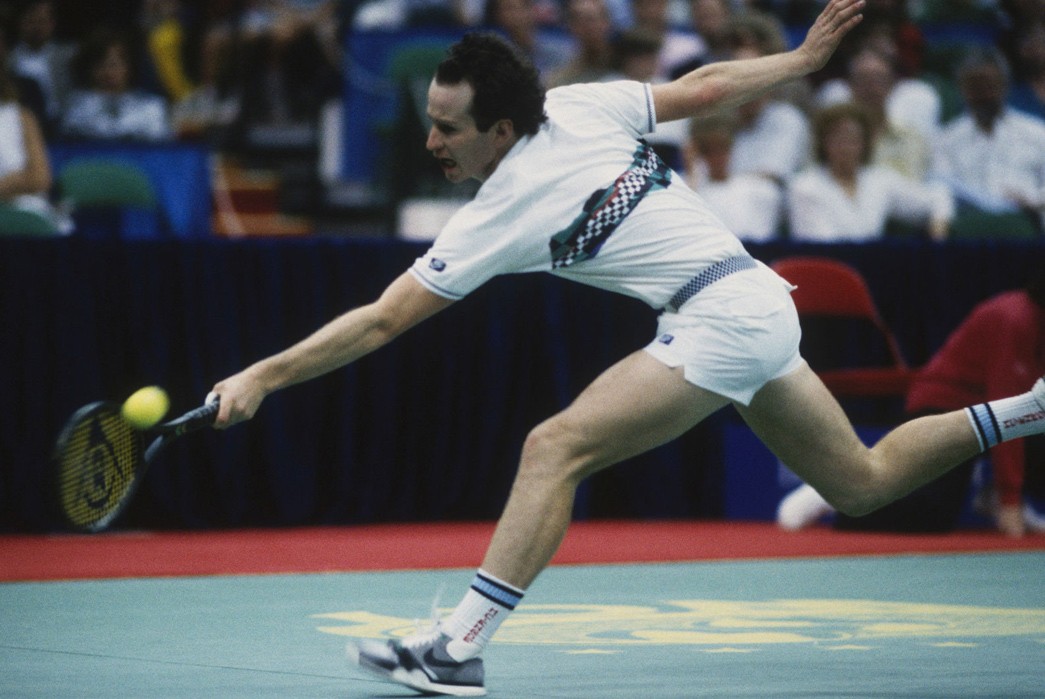
John McEnroe in Nike Air Trainer 1s via Cordons Negres
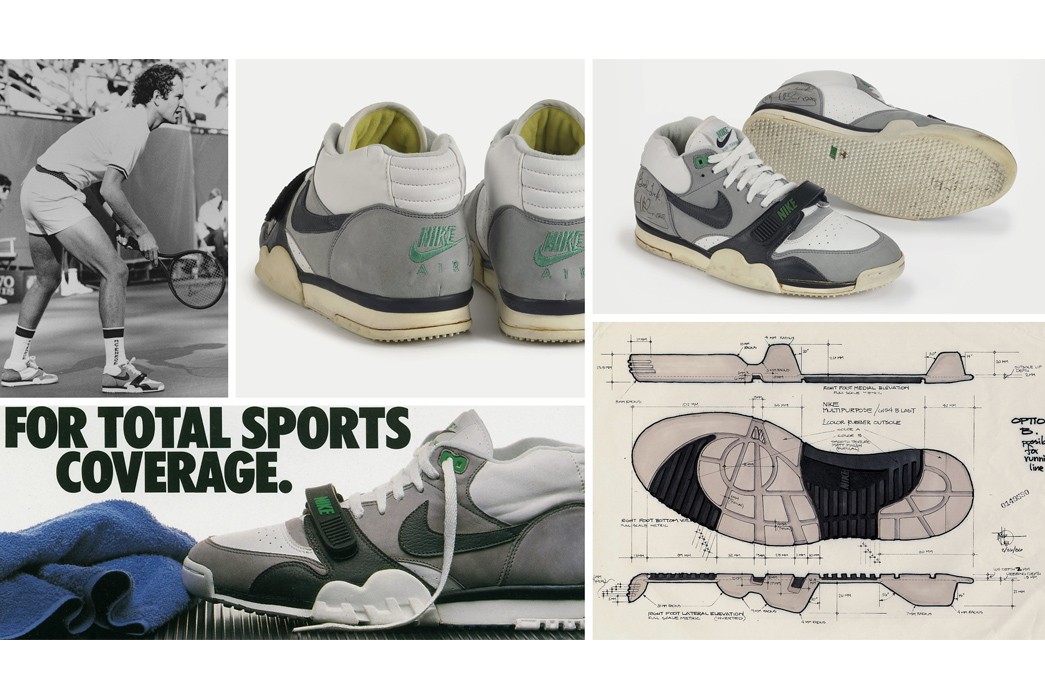
Nike Air Trainer 1 advertisement via WearTesters
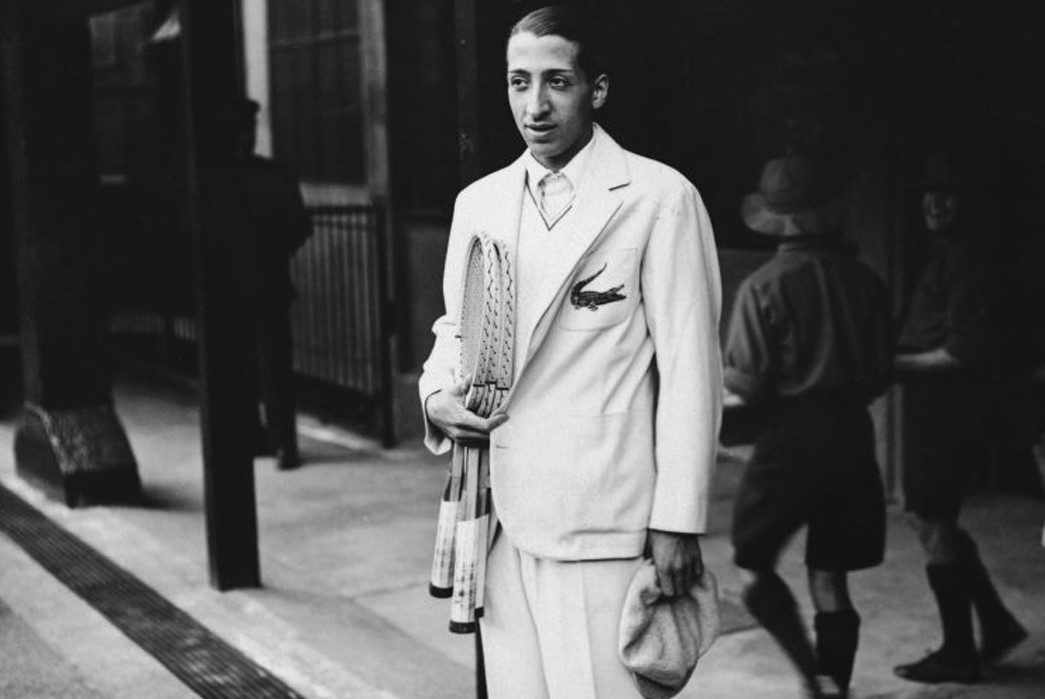
Rene Lacoste via CNN
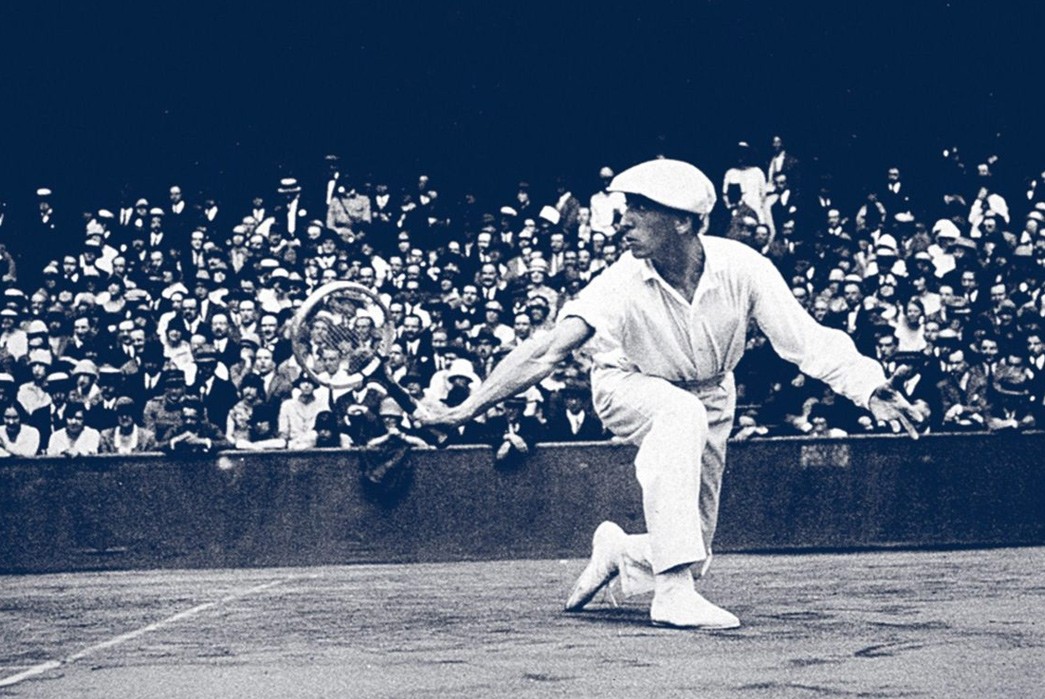
Rene Lacoste via Lacoste
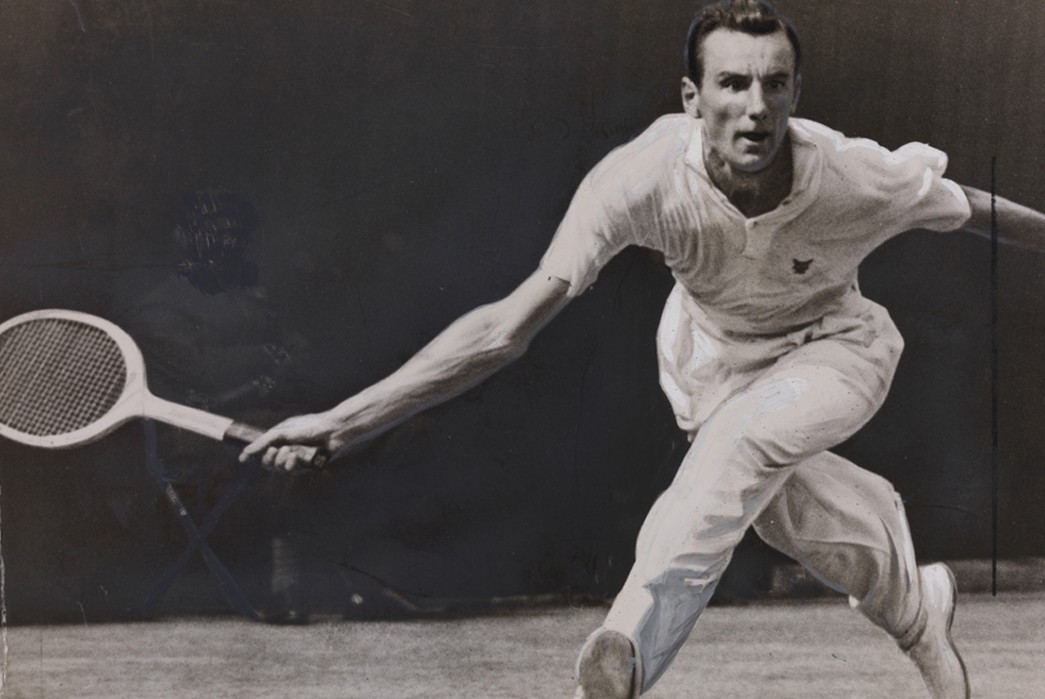
Fred Perry via Channel 4
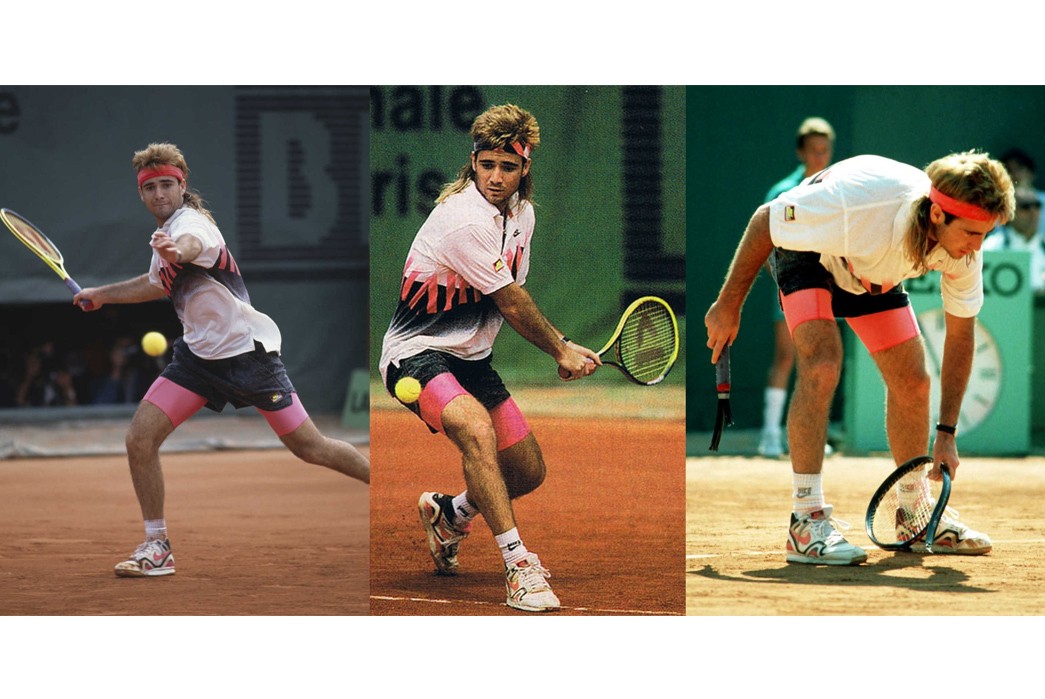
Andre Agassi in Nike Air Tech Challenge IIs via KicksOnFire
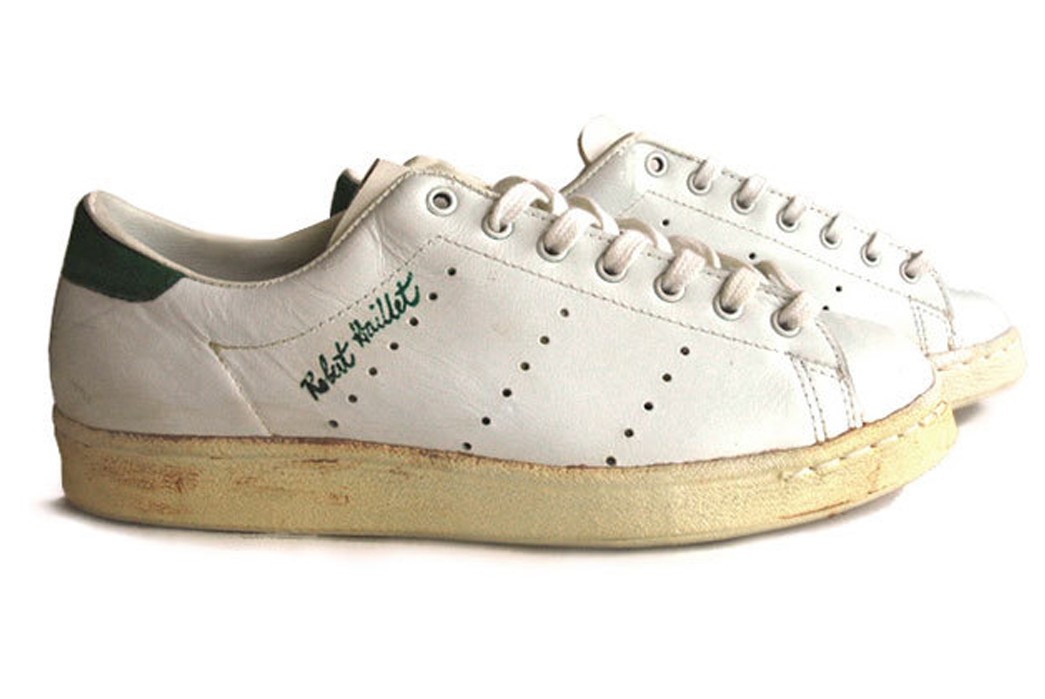
A pair of original Adidas Robert Haillet Sneakers via 1959
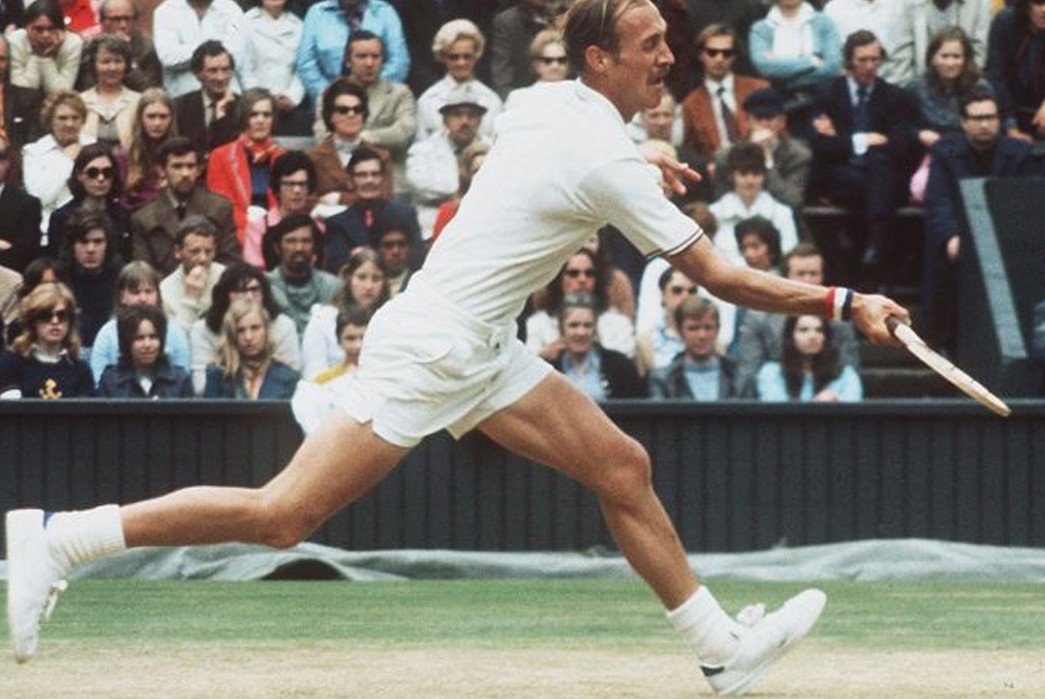
Stan Smith paying in Adidas via 80s Casual Classics
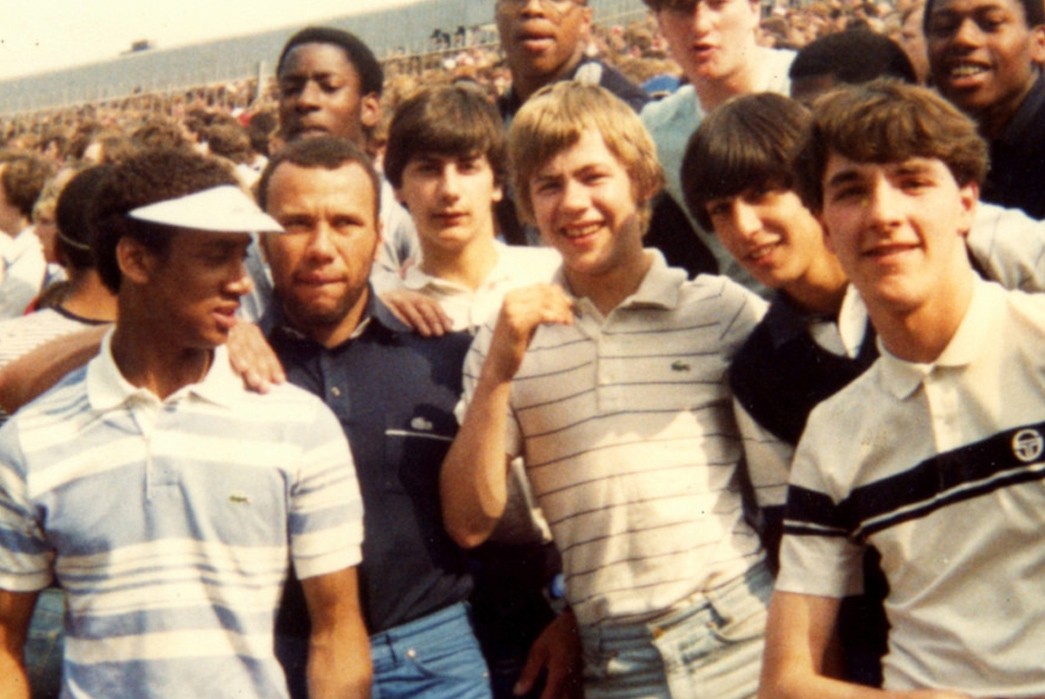
Lacoste being worn by casuals in the 80s via 80s Casuals Classics
Like this? Read these:
What did you think of today's newsletter? |




